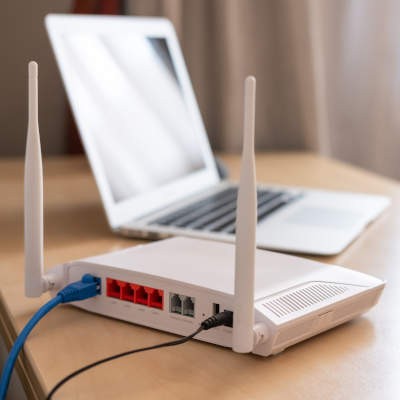Here's a horrifying thought: Imagine your beautiful office has 50 hardworking employees... but only one tiny, single-stall bathroom. It's chaos. There's a line down the hall, all day. Productivity grinds to a halt. It's a classic bottleneck, and it’s completely unnecessary.
Here's the hard truth: This is exactly what’s happening to your business’ data right now. You’re paying your ISP for a super-fast Internet connection, but you’re forcing all that crucial business data through a flimsy, $50 consumer-grade router; you’re going to find out it’s not up for the job.















